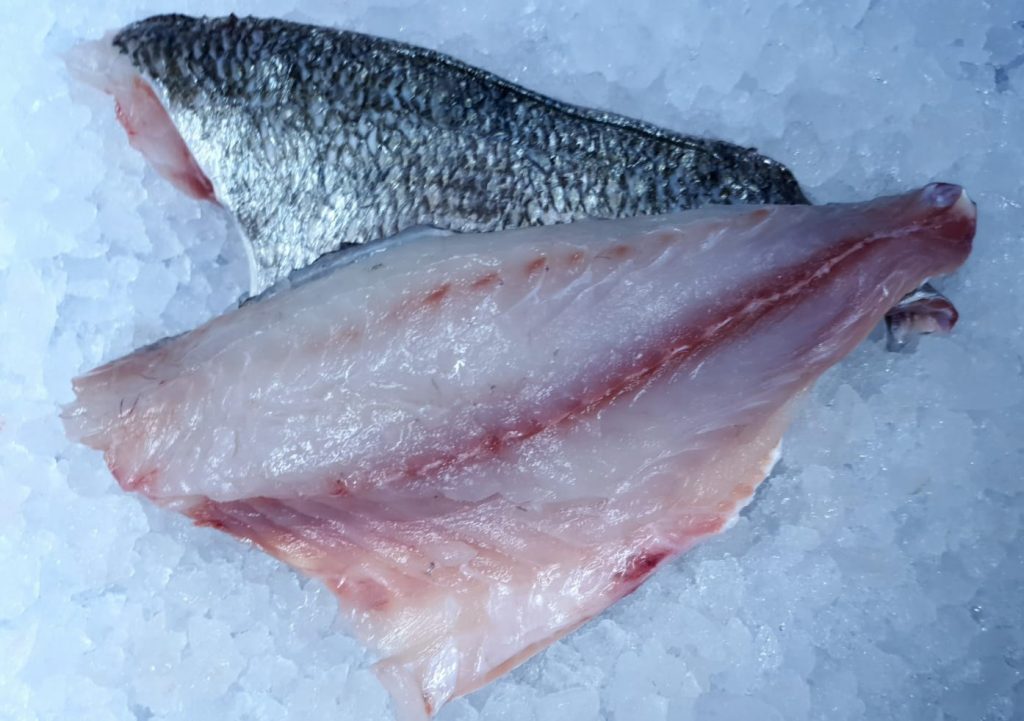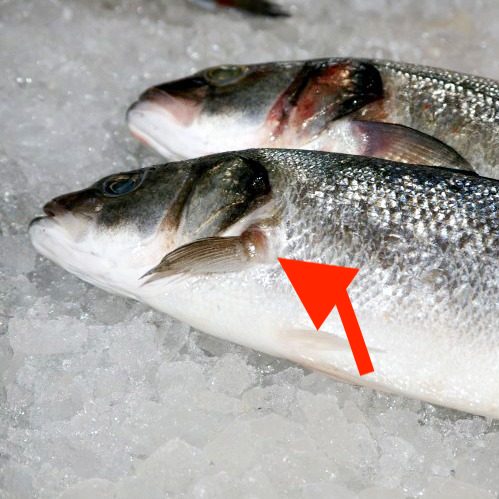There’s nothing better than enjoying the freshest of fish, which has just been caught or bought from your local fishmonger. How can you tell if your fish is fresh? Our article here gives you a handy guide. Have you ever been intimidated when you get the whole fish back home and are unsure how to prepare the fish for cooking? This brief guide will show you how to clean and fillet fresh fish.

Cleaning Fresh Fish
First things first, you must clean your fish. How do we do that? Here’s some easy-to-follow steps:
- Put the fish on a clean chopping board (be careful of cross contamination )<br>
- If the fish has scales on it, it should be descaled. Use a tool like this to scrape the fish free of scales. Alternatively, if you don’t have a descaling tool available you can carefully use the back of a knife to descale your fish being careful to avoid sharp edges.
- Insert the knife tip into the fish’s belly near the anal opening and move the blade towards the belly.
- Open the body and remove all of the innards.
- Rinse the insides out with water and wash the skin.
- Remove the head if you like, by cutting behind the pectoral fin. Shown underneath.

- Remove the fins along the sides, top, and underside with scissors. This can be done before you start filleting so that your work is more precise.
- Sanitise your station, collect the guts, heads, and scales, and discard them properly.
- If you want to cook your fish whole, it is now ready to be seasoned and cooked.
The next step is to fillet the fish. How do we do that?
Fillet Fresh Fish
- Slide your fillet knife (looking for one? Here’s one we use at Glasgow’s Fish Plaice) under the flesh of the fish down the fish’s spine from the tail up to the base of the head. Begin your cut at the base of the tail and use the fish’s backbone as guide for your knife. Be careful not to cut roughly or move suddenly as you’re cutting. Instead, glide your knife smoothly through the fish. As the fillet comes away from the fish, make sure you’re cutting in a straight line across the backbone.
- Move your knife over the rib cage rather than trying to cut through it. Work with the shape of the rib cage instead of sawing through the bones.
- Repeat these steps for the other side. Turn the fish over so the spine is touching your chopping board then run your knife down the backbone from the tail to the head. The fish will be lighter so the second side can be harder to cut than the first. You should have two large fillets at this point.
- Take the bones out of the fish with a large set of tweezers (you can buy some here). There is no way to get the fillet completely boneless, but tweezers are your best shot to get the fillet as bone free as possible. Feel along the middle of your fillet from the head to the tail end for bones, and use your tweezers to carefully remove them.
- Next trim away any excess fat.
You should now have two well cut, de-boned and lean fillets ready to cook!
For a video demonstration of how to fillet flat fish. Please check out our video.

